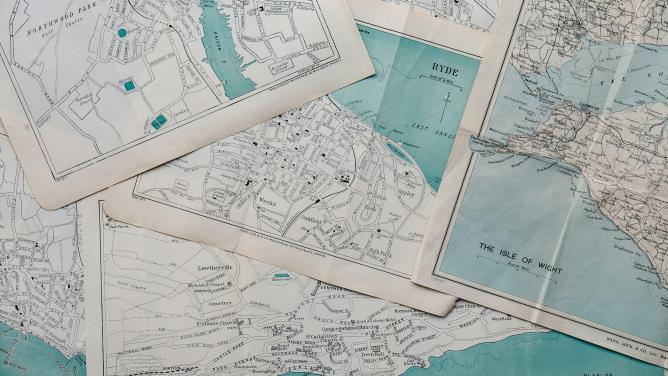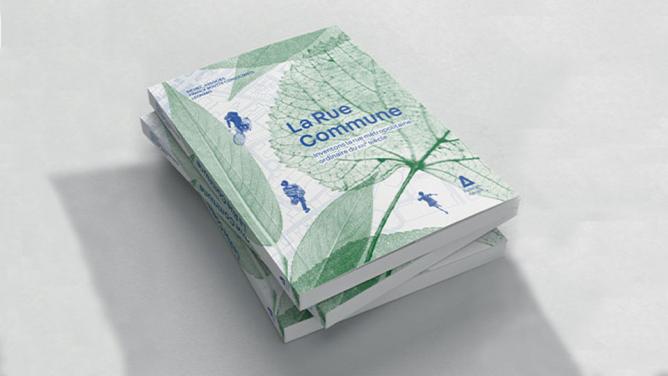At the same time, urban greening has been gaining traction for several years. While the smart city promises to be more efficient, should we consider the “green” city concept to be merely aesthetic, or does it have a role to play in the shaping of tomorrow’s urban life?
Resilience and energy efficiency
In the face of extreme climatic events, plants are today a natural means of resilience. For example, in Melbourne, the municipality is planning to double the wooded area of the city by 2030 to address the problem of urban heat islands (The Guardian). An increasing number of initiatives are being launched across the world, including: improving water drainage to tackle flooding; creating urban forests to act as “sponges” to reduce flooding and improve air quality (Eco-Business); and protecting buildings from the wind to reduce energy consumption (CleanTechnica). The first impact studies, however, have highlighted certain limitations and difficulties: high costs, the need for land control and appropriate local taxation, or as regards green roofs, limited ecological effects when implemented in the most dense urban fabrics (Institute for Climate Economics).
The challenges of urban biodiversity
While urban greening and the associated return of wildlife seem to be welcomed by a great number of residents of metropolitan areas (C News Matin, in French), its implementation turns out to be complex. How can we integrate fauna and flora into a space that is as restricted as a city? How can we combine the strong demand with the difficulty of accepting potential inconveniences (Institut d’Aménagement et d’Urbanisme, in French)? In terms of urban planning, innovations are already attempting to take these cross-cutting issues into account. This is the case for the Biodi(V)strict device, developed in association with VINCI Construction France and the Agro ParisTech school. This diagnostic tool, used to measure indicators such as soil permeability and the diversity of vegetation strata, before and after a development project, was designed to be “a sensor of the city’s biodiversity”, explained Jérôme Stubler, President of VINCI Construction (Smart City Mag, in French).


